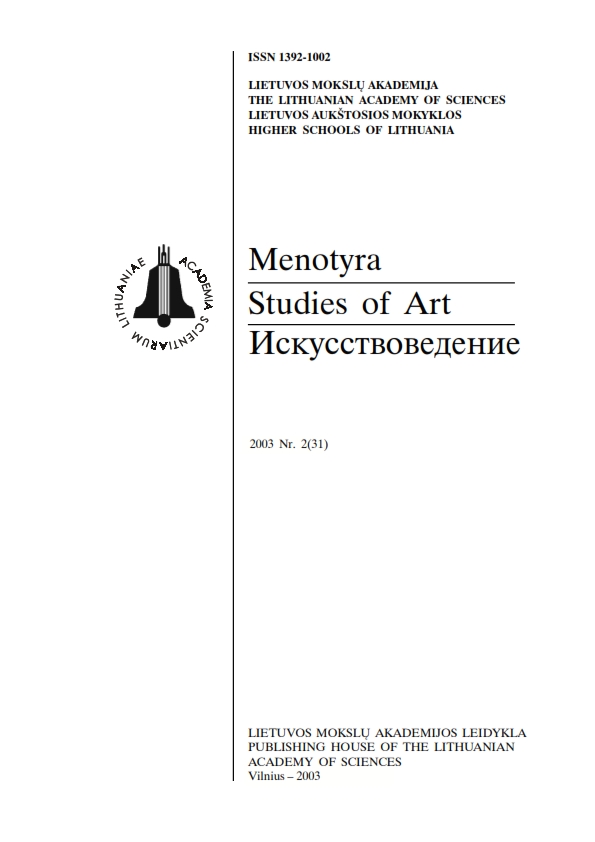Vartojimo vizualizacija tarpukario Lietuvos reklaminėje grafikoje
Visualization of consumption in Lithuanian advertising graphics in the interwar years
Author(s): Rima PovilionytėSubject(s): Cultural history, Visual Arts, Interwar Period (1920 - 1939), Marketing / Advertising
Published by: Lietuvos mokslų akademijos leidykla
Summary/Abstract: The questions of when, how and why mass culture began spreading in our country may be answered drawing upon the pieces of advertising graphics of the 1920s and 30s, which appeared mostly in the Lithuanian periodical press. Advertisements in publications were part of everyday life of various social classes. They helped choosing the right product from the abundance offered, exercised the consumers' taste and introduced household innovations.Speedy development of the applied graphic arts at the end of the 19th century determined changes in the commercial message: there was a shift from a written note to a visual one, which, in addition, was supplemented by a short and easily memorized text. Lithuanian press, which in the early 1920s was still dominated by advertising illustrations continuing the tradition of the 19th century, began reflecting general trends in advertising developments. Changes in visual advertising were related to the emergence of novelty good and the need to inform consumers of what was available. Increased competition demanded a different image of the product and a modern style. The bulk of the new products supplied consisted of imported goods; these were introduced to the public by means of foreign-made advertisements. Between the 1920 s and 30s, Lithuanian artists began producing more pieces of commercial graphic design. They were meant for the promotion of the products of developing national industry: textiles, haberdashery, foods, esp. confectionery, hygiene products, chemicals and services. Lithuanian artists were quick to adapt innovative treatments of form. In the late 1920s, the features of art deco became apparent. Still, with the exception of posters, the commercial graphic design was not popular among artists. It was not viewed as a "serious" art form and only a few artists of original talent worked in this area.Seeking commercial success, advertisers made use of the national feelings of the consumers and took advantage of their wish to be in alignment with the "world standards" and to identify themselves as members of a dynamic and modern society. The advertising graphic design attracted the buyer as it offered the possibility of social transformation. Increase in product range unavoidably led to the emergence of counterfeit products. Thus, alongside with advertising illustrations, the manufacturers started advertising trademarks - the only symbol ensuring quality of the product.It may not be claimed that commercial art of the interwar period is an authentic area of artistic creation marked by exceptional creative outbursts. In terms of visual effect, it had a marked influence on the consumers' consciousness, but its aesthetic value was frequently viewed as a means to achieve commercial goals. Nevertheless, due to its potential to reach a wide audience, advertising accustomed the viewer to new forms of art, although through adapted means of expression.
Journal: Menotyra
- Issue Year: 2003
- Issue No: 2(31)
- Page Range: 67-73
- Page Count: 7
- Language: Lithuanian

